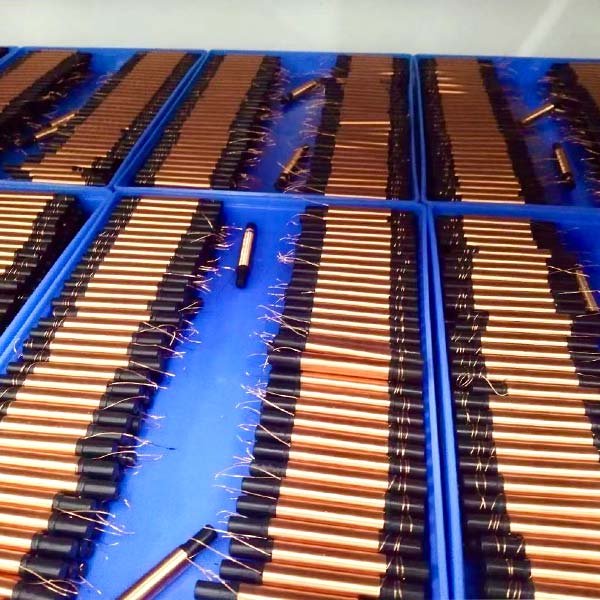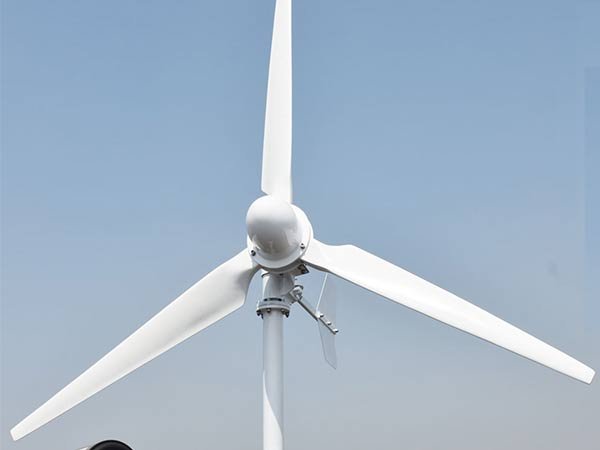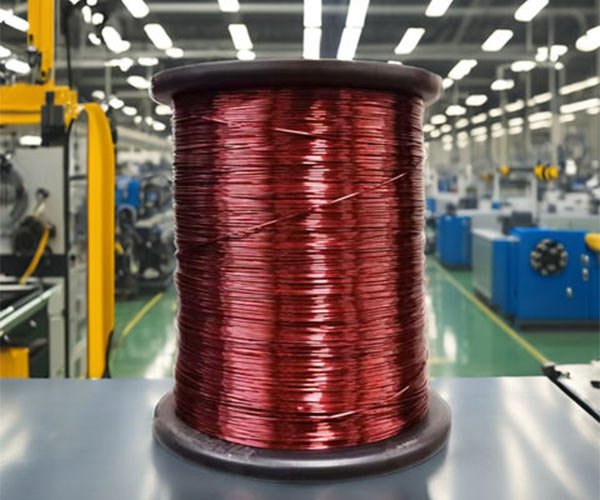Table of Contents
In the fields of electrical engineering and electronics manufacturing, coils are a core component of many devices. Among these, the bobbin coil is a common and essential type. Its unique design provides structural support while maintaining stable electrical characteristics. This article explores the definition, features, applications, and selection criteria for bobbin coils.
Definition of Bobbin Coil
A bobbin coil is a type of coil that uses a bobbin as the winding support. Typically, the bobbin, made from insulating materials, serves as the structural core with conductive wire wound evenly around it. The hollow structure of the bobbin allows for the insertion of a magnetic core, enhancing the coil’s magnetic field. The support provided by the bobbin helps the coil windings maintain a stable shape and density, ensuring consistent electrical properties.
Features of Bobbin Coils
- Structural Stability: Bobbin coils maintain uniformity and compactness in windings through the support of the bobbin, enhancing structural strength and ensuring stable electrical characteristics.
- Ease of Production: The simple structure of bobbin coils makes them efficient for mass production. Automated winding equipment can be used to achieve precise windings, reducing human error.
- Flexible Material Options: Bobbins are often made from plastic, fiberglass, or ceramic insulating materials to prevent current from passing through the bobbin itself. These materials are also heat-resistant, ensuring reliable coil performance in high-temperature environments.
- Core Insertion Capability: The hollow design of the bobbin allows for the insertion of different types of magnetic cores, such as ferrite or silicon steel cores, to further enhance magnetic performance. This feature makes bobbin coils ideal for inductors and transformers with strong magnetic effects.
Advantages and Limitations of Bobbin Coils
Advantages:
- Simple Structure: Bobbin coils have a relatively simple design, making them easy to produce and integrate.
- High Insulation: Bobbins are typically made from insulating materials that effectively prevent electrical leakage.
- Broad Applicability: Suitable for various electrical equipment applications, especially transformers and inductors.
Limitations:
- Size Constraints: The size and shape of bobbin coils are often limited by the bobbin itself, which may restrict custom winding designs.
- Thermal Performance: High winding density in bobbin coils can lead to limited heat dissipation.
Applications of Bobbin Coils
The structure and properties of bobbin coils make them widely applicable in various electrical and electronic devices, including:
- Transformers: In transformers, bobbin coils support the coil windings and ensure insulation and stability between windings. When a magnetic core is inserted, bobbin coils efficiently transform voltage.
- Inductors: Bobbin coils used as inductors in circuits help regulate current and voltage. Adjustments to bobbin size and winding density can meet specific inductance requirements.
- Motors and Generators: In motors and generators, bobbin coils generate and control magnetic fields for energy conversion.
- Electronic Toys and Small Devices: Bobbin coils are commonly used in electronic toys and small devices due to their compact structure and ease of integration, making them suitable for the design needs of small devices.
How to Choose the Right Bobbin Coil
When selecting a bobbin coil, several factors should be considered based on application requirements:
- Bobbin Size: The diameter and length of the bobbin directly affect the coil’s inductance value and current-carrying capacity. It is essential to choose an appropriate size based on the electrical parameters of the application.
- Coil Material: For high-power or high-frequency applications, choose materials with good insulation and high heat resistance, such as plastic or ceramic.
- Core Type: In applications requiring enhanced magnetic performance, select a core for insertion. Different types of cores, such as ferrite or silicon steel, offer different magnetic characteristics, so they should be chosen according to design needs.
- Winding Method: The winding method of bobbin coils affects inductance and capacitance characteristics. For example, multilayer winding is suitable for higher inductance requirements, while parallel winding is better for lower capacitance needs.
Conclusion
As new materials and manufacturing processes emerge, the design and application areas of bobbin coils will continue to expand, further supporting the miniaturization and efficiency of electronic devices. With years of experience in coil manufacturing, zhcoils can produce the right bobbin coil for your needs, whether for complex or specialized requirements. For more information, please send an inquiry.



